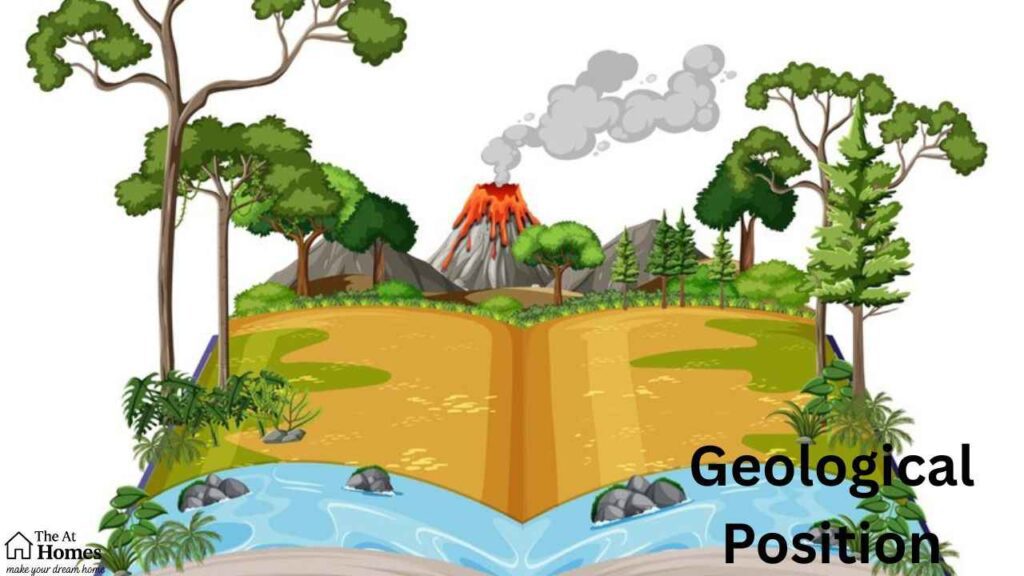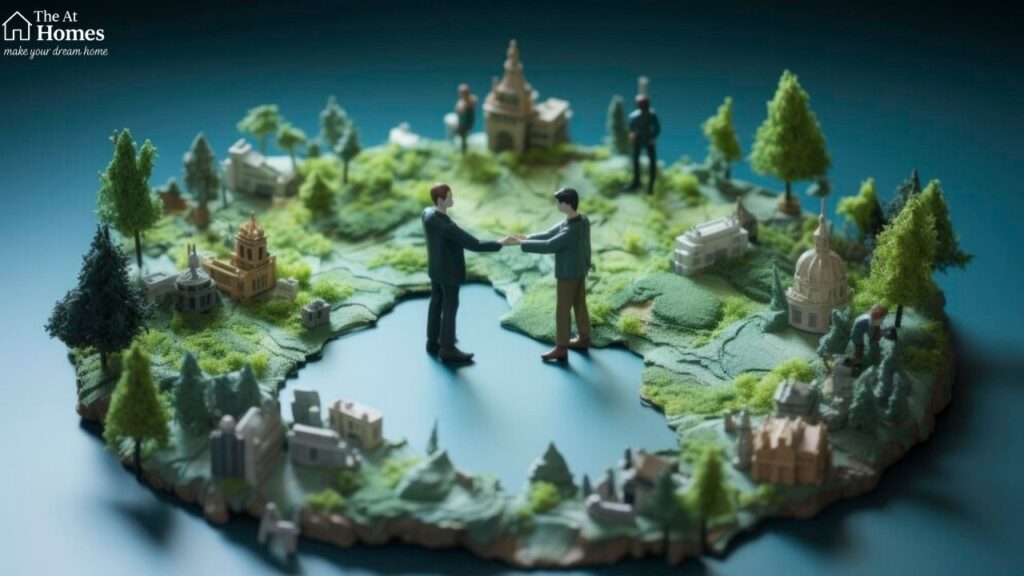Hey there! Take a moment to imagine the ground beneath your feet. It’s not just dirt and rocks, right? Beneath all of that is an entire story of how the Earth has formed, shifted, and changed over millions of years. This story is what geology is all about. And trust me, it’s way cooler than just memorizing the names of rocks. At its heart, geology is like Earth’s secret diary. It tells us about ancient oceans, erupting volcanoes, wandering tectonic plates, and even dinosaurs stomping around.

One of the coolest things in geology is something called geological position. Think of this as the Earth’s version of geotagging. Where are you standing? What’s below you? Instead of just saying, “I’m in Maine,” a geological position tells us how that patch of ground came to be, what layers of rock it has, and why it might be important. It’s like asking Earth, “What’s your story here?” and getting a detailed reply.
I know what you’re imagining now—how does this even matter in real life? Well, buckle up because we’ll dig deep (pun intended!) into why understanding geological positions is vital. Spoiler alert, it’s not just for geologists hanging out with rock hammers. It touches things like building houses, finding gold, and even fighting climate change.
What Exactly Is a Geological Position?
Alright, so what is a geological position, really? Simply put, it’s the specific spot in the Earth’s crust that tells us what’s happening underneath at that exact location. Unlike your regular map which says, “You’re in Denver, Colorado,” a geological map goes, “Denver sits on the edge of ancient rocky mountains that formed because of tectonic plate collisions millions of years ago.” Fancy, huh?
Think of a geological positioning system, like an advanced GPS that doesn’t just tell you where you are but also explains what the land beneath you has been through. It’s this amazing mix of rocks, minerals, and ancient history that helps us make sense of Earth’s present and future.
For example, understanding a geological position is crucial when planning construction projects. Imagine a new bridge being built. If geologists discover that the area sits on layers of soft clay (not so strong), they’ll recommend changes to ensure the bridge doesn’t sink or tilt over later. That’s how knowing Earth’s position saves millions of dollars and, quite honestly, lives.
Why Should You Care About Geology?
Before you say, “But I’m not even a geologist!” hold on. Geology touches all of our lives every single day. From figuring out if a place is safe from earthquakes to finding clean drinking water underground, geology is everywhere. Take, for example, students or professionals interested in the field. There’s no shortage of exciting roles, like entry-level geology positions, geology teaching positions, or even super specific ones like an assistant professor position geology gig at a university. Hey, if you’re still in school, summer student geology positions can make for an incredible adventure!
But it’s not just about jobs, is it? It’s about knowing the Earth better. Learning about geological positions helps scientists predict natural disasters like earthquakes or tsunamis. And in places like Alaska, which has a lot of tectonic activity, Alaska geology positions are doing groundbreaking (literally) research to keep people safe.
The Big Idea Behind Uniformitarianism
Now, I promise not to throw a big, scary word your way, but there’s this thing called uniformitarianism. Wait! Don’t run! It’s actually a simple and brilliant idea. Uniformitarianism posits that geological changes are consistent over time, meaning the Earth’s processes we see today, like rivers carving valleys, have been working the same way for millions of years.
Think about it like this. If you watch a river slowly eroding its banks, you’re seeing a process that has happened for ages. If you’ve built sandcastles at the beach only to watch them melt away, that’s erosion too! Everything builds up slowly bit by bit, kind of like brewing a good cup of tea. And this helps us understand how old landscapes like mountains or valleys came to be. Mind blown, right?

The Human Impact on Our Landscape
Now that you know all this, here’s the humbling part. Humans, with all our tech and smarts, have had a big impact on geology too. Whether we’re mining resources, cutting down forests, or even constructing skyscrapers, we’re reshaping geological positions in ways that can affect how the Earth functions. This is something the British Geological Society’s position on global warming looks closely at. Alien to think that our actions can have such long-term geological effects, isn’t it?
That’s why geology isn’t just rocks. It’s also about figuring out how we interact with Earth so we can undo some of the damage we’ve done. By understanding geological positions, scientists can guide us on how to work with nature rather than against it.
Geology Is Your Mystery-Solver
Think of geology as Earth’s ultimate problem-solver. Creepy sinkhole swallowing cars? A geologist can trace why the ground collapsed. Want to avoid building your dream home on a floodplain? Geologists map out safer spots. Curious about why Colorado has such rich mines? Geology reveals its treasure-filled past!
And if you’re thinking about working in geology, there’s a whole world of options. From geology graduate positions to climbing the academic ladder to grab geology Ph.D. positions, the field is bursting with opportunities. Maybe you’d end up working on mapping positive flower structure geology formations that tell us about folds in rocks or discovering ancient fossils. Or if you’re drawn to teaching and inspiring others, roles like Clemson lecturer geology position or Amherst College geology position can make practical use of your curiosity.
Or if you’re up for something different, head to Maine for the scenic job of AmeriCorps geology position in Maine. It’s actual geology, with views to boot!
Want More? Stick Around
I hope this helped crack open the world of geological positions for you. Stick with me for the next sections to explore fascinating layers of geology, technology, and even a sprinkle of adventure. It’s the story of Earth as you’ve never thought about it before. And hey, if the ground beneath you could speak, wouldn’t you want to listen?

